Display all 11 images

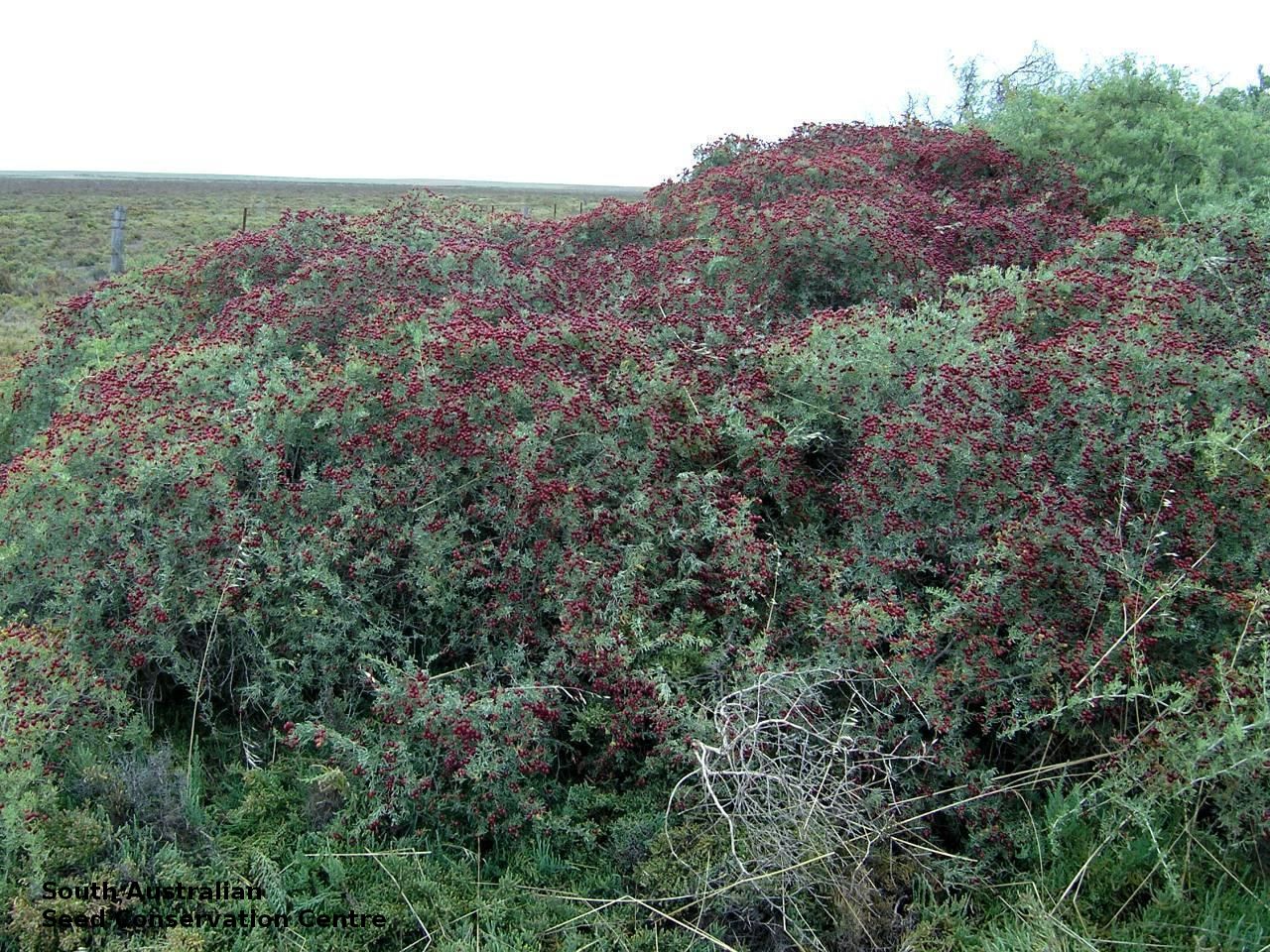
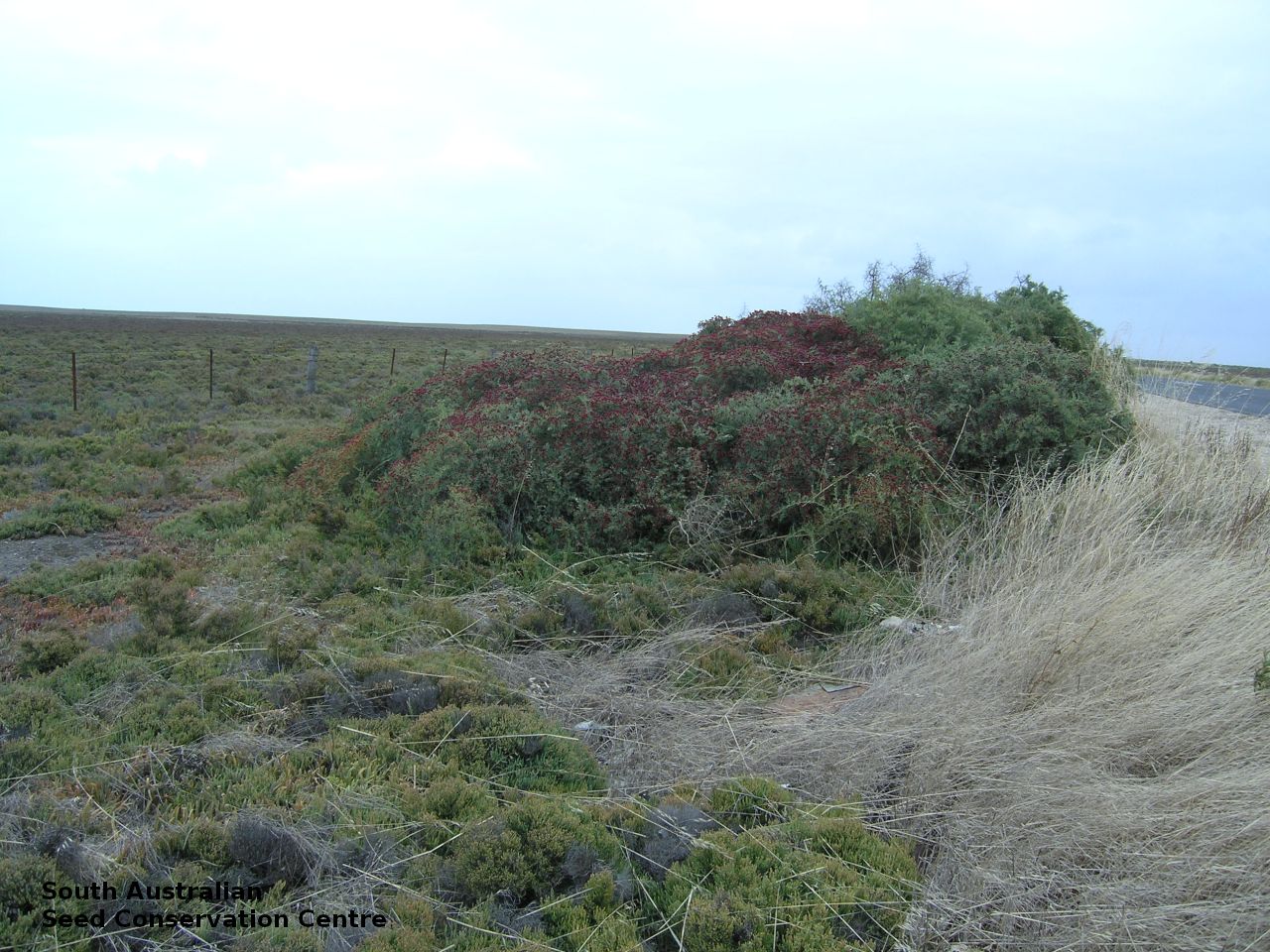
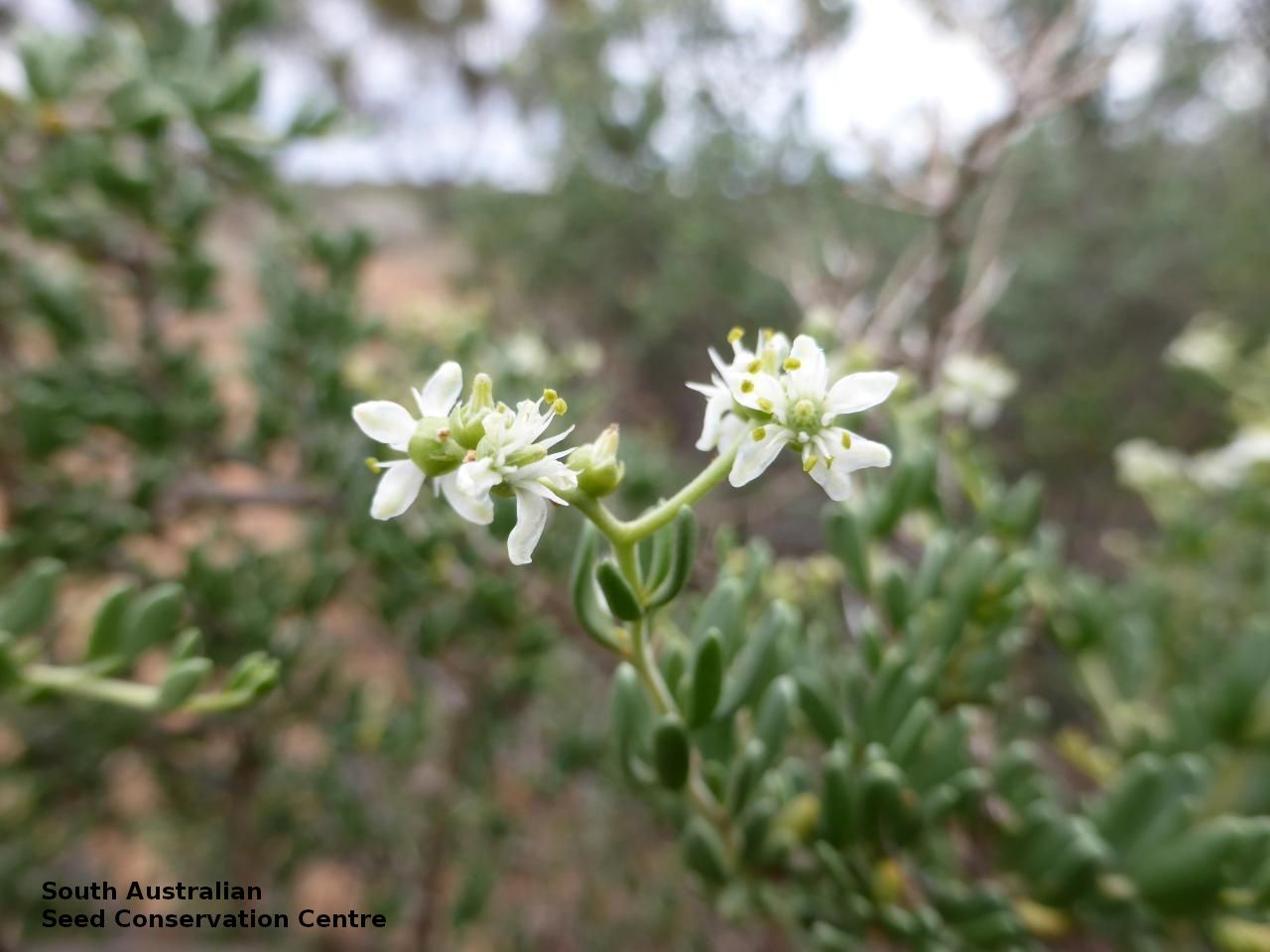
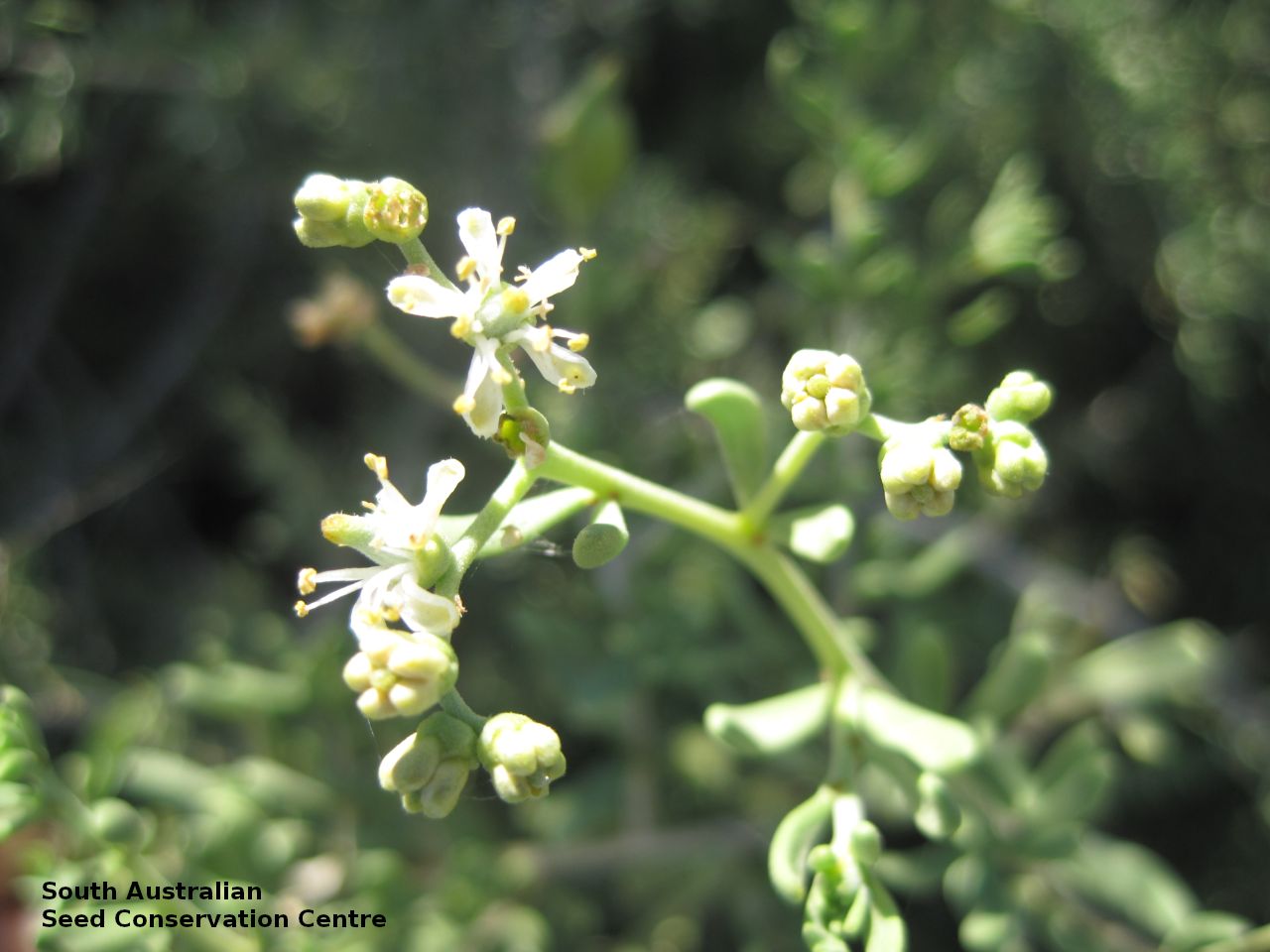
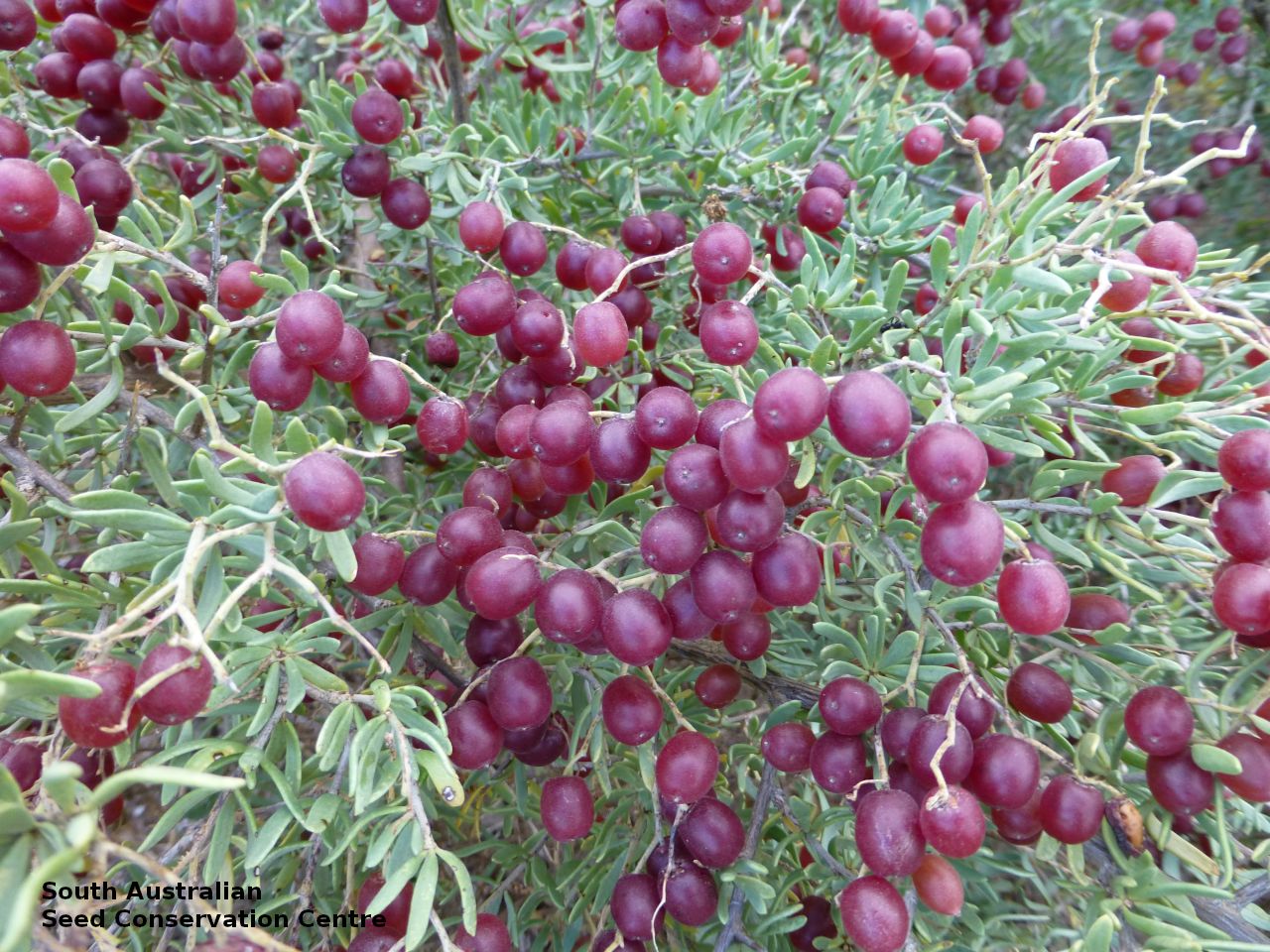
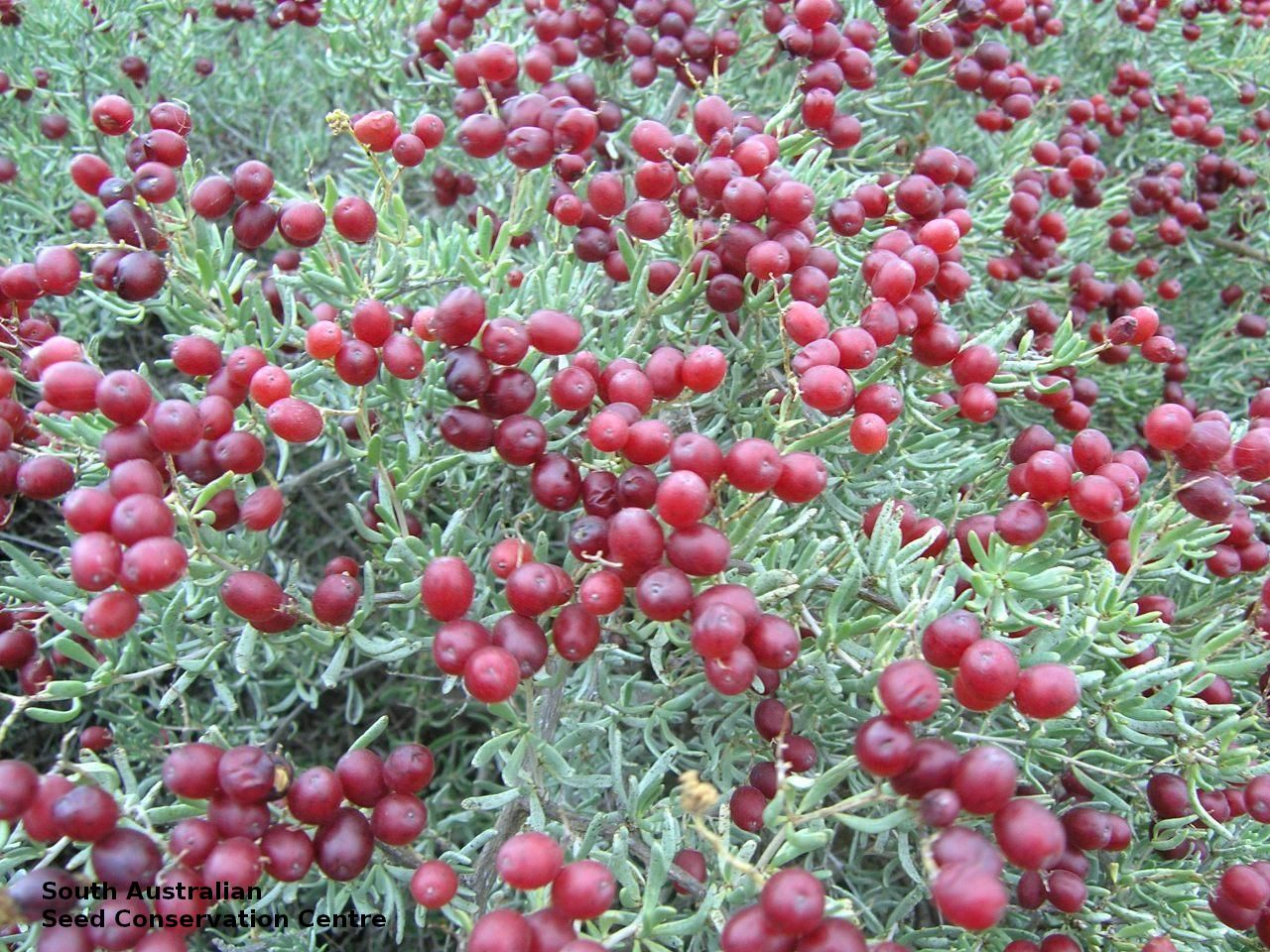
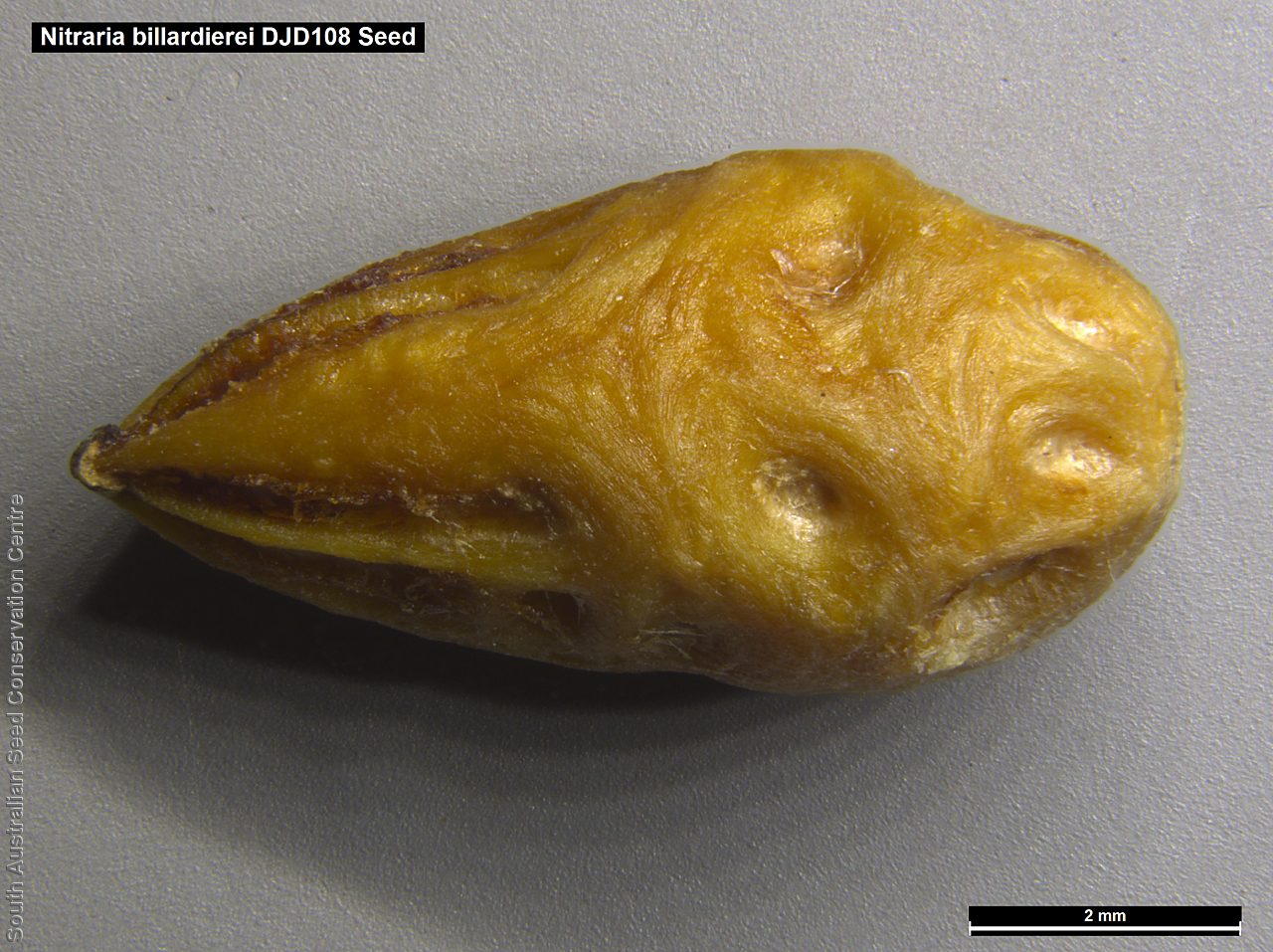
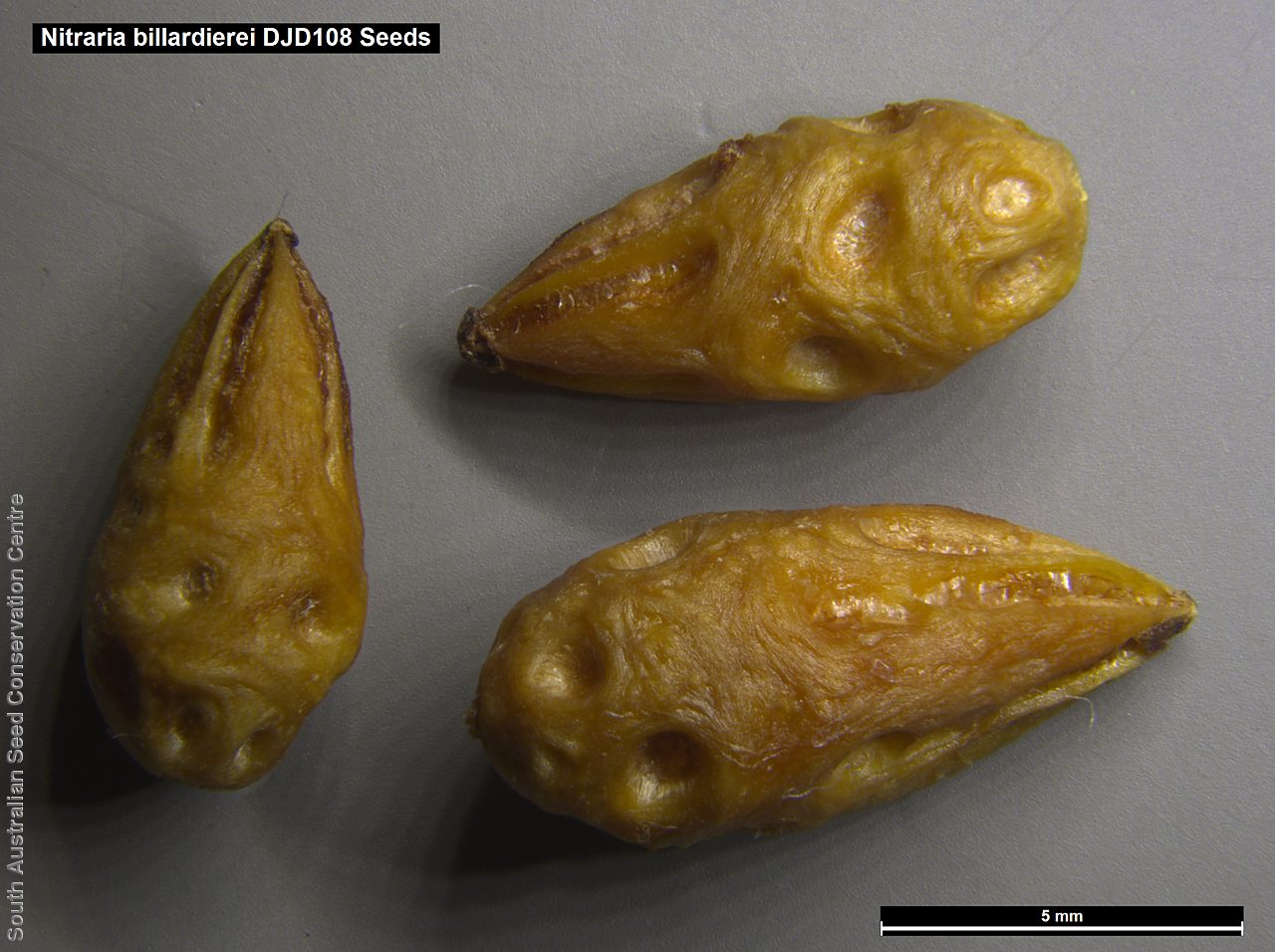
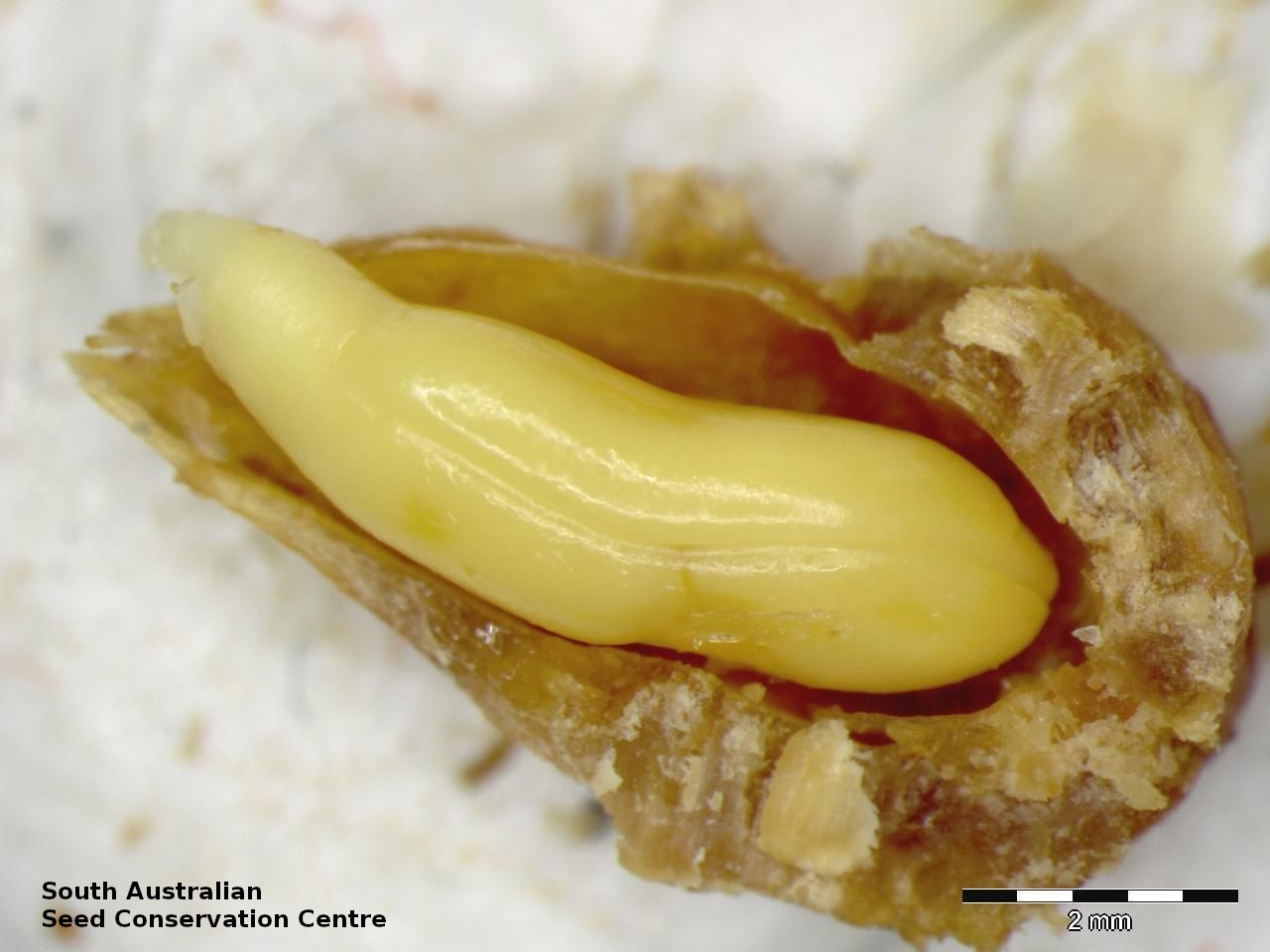
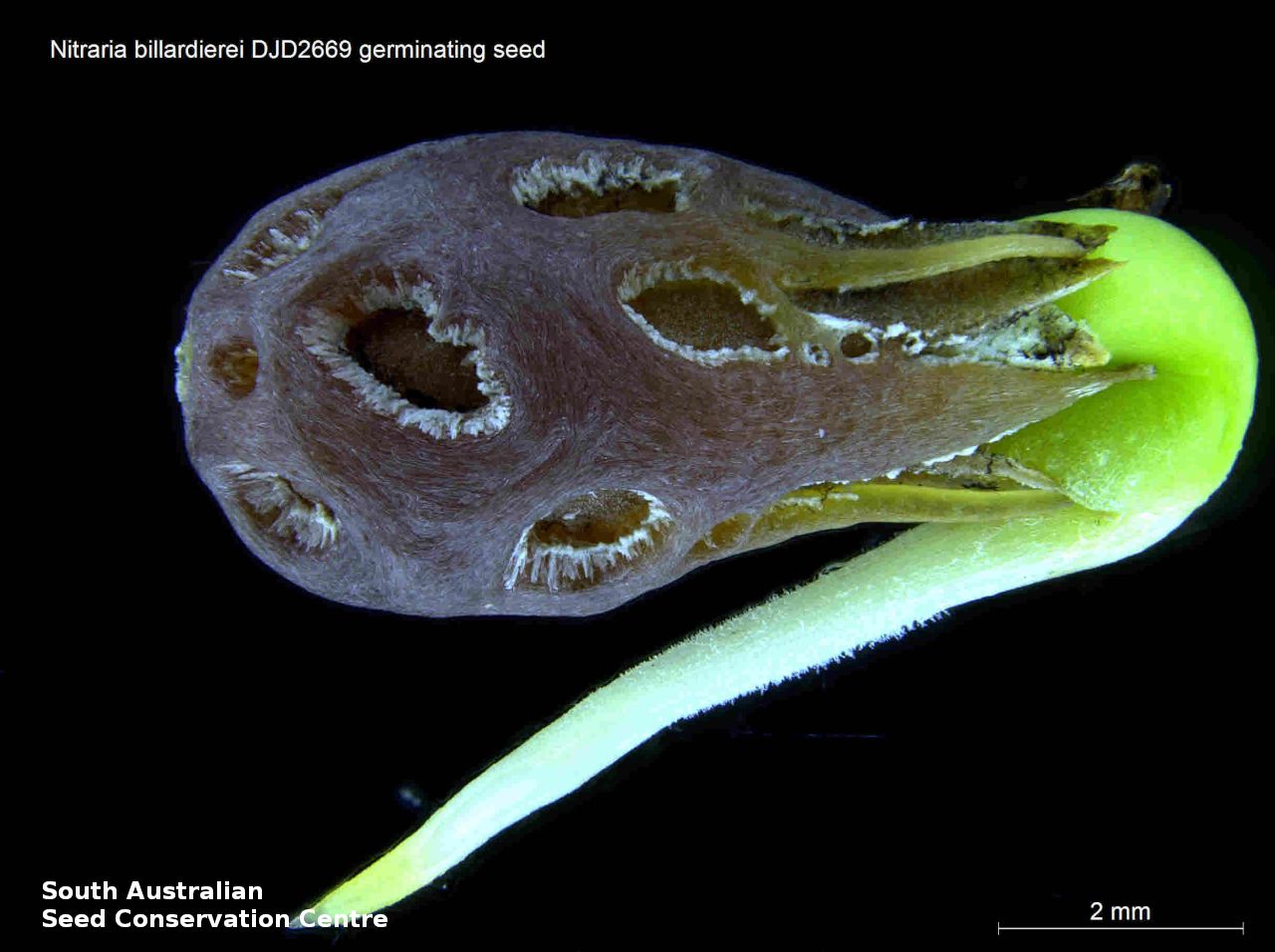
Regional Species Conservation Assessments per IBRA subregion.

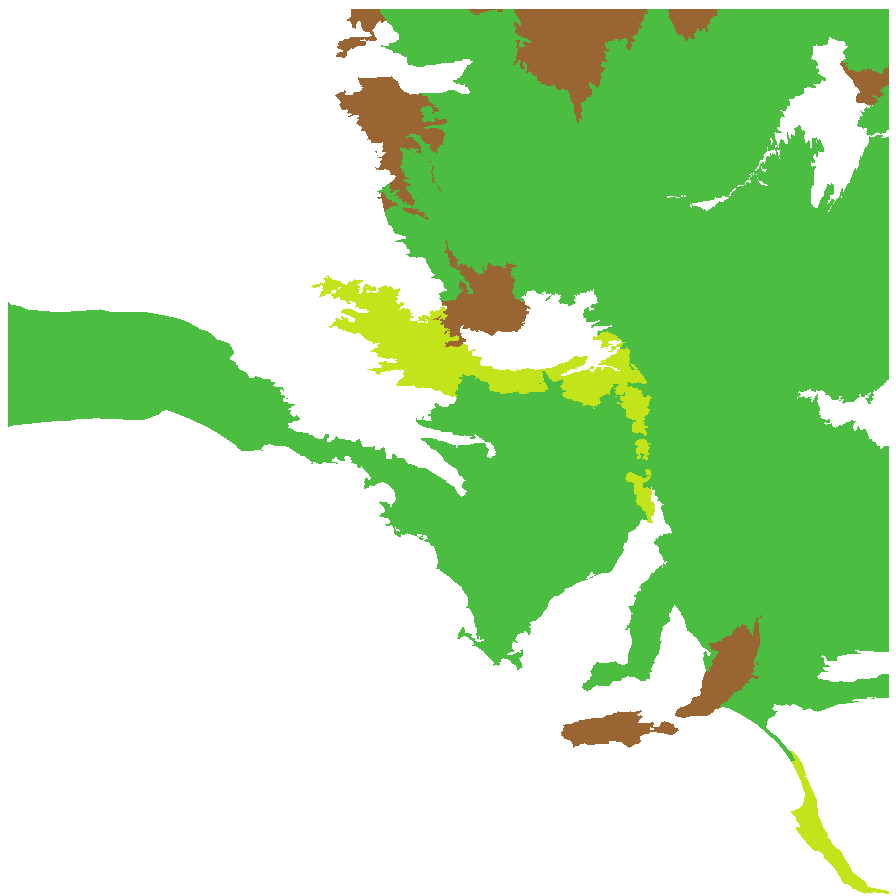
Least concern
Near threatened
Rare
Vulnerable
Endangered
Critically endangered
Extinct
Data deficient
Adelaide
Arkaroola
Ceduna
Coober Pedy
Hawker
Innamincka
Marla
Marree
Mount Gambier
Oodnadatta
Renmark
Wudinna
Keith
Yunta
Display IBRA region text
| Bridgewater (NCP01) | Naracoorte Coastal Plain | Near Threatened |
| Kangaroo Island (KAN01) | Kanmantoo | Rare (IUCN: RA d(ii)) [coastal] |
| Fleurieu (KAN02) | | Rare (IUCN: RA d(i,ii)) [coastal; gets planted] |
| Mount Lofty Ranges (FLB01) | Flinders Lofty Block | Rare (IUCN: RA d(i,ii)) [coastal; gets planted] |
| Broughton (FLB02) | | Least Concern |
| Olary Spur (FLB03) | | Least Concern |
| Southern Flinders (FLB04) | | Least Concern |
| Northern Flinders (FLB05) | | Least Concern (Probable Increase) |
| Central Flinders (FLB06) | | Least Concern (Probable Increase) |
| Southern Yorke (EYB01) | Eyre Yorke Block | Least Concern (Probable Decline) [roadsides, spread by birds, subject to coastal development] |
| St Vincent (EYB02) | | Least Concern (Probable Decline) [roadsides, spread by birds, subject to coastal development] |
| Eyre Hills (EYB03) | | Least Concern [on dunes, weedy species] |
| Talia (EYB04) | | Least Concern [on dunes, weedy species] |
| Eyre Mallee (EYB05) | | Least Concern [on dunes, weedy species] |
| South Olary Plain (MDD01) | Murray Darling Depression | Least Concern (Probable Increase) |
| Murray Mallee (MDD02) | | Least Concern (Probable Increase) |
| Murray Lakes and Coorong (MDD03) | | Least Concern |
| Braemer (MDD07) | | Least Concern |
| Murray Scroll Belt (RIV06) | Riverina | Least Concern (Probable Increase) |
| Myall Plains (GAW01) | Gawler | Least Concern [on dunes, weedy species] |
| Gawler Volcanics (GAW02) | | Least Concern [on dunes, weedy species] |
| Gawler Lakes (GAW03) | | Least Concern [on dunes, weedy species] |
| Arcoona Plateau (GAW04) | | Near Threatened [on dunes, weedy species] |
| Kingoonya (GAW05) | | Near Threatened [on dunes, weedy species] |
| Torrens (GAW06) | | Least Concern (Probable Increase) |
| Nullarbor Plain (NUL02) | Nullarbor | Least Concern [on dunes, weedy species] |
| Yalata (NUL03) | | Least Concern [on dunes, weedy species] |
| Hampton (HAM01) | Hampton | Least Concern [on dunes, weedy species] |
| Barrier Range (BHC01) | Broken Hill Complex | Least Concern |
| Bimbowrie (BHC05) | | Least Concern |
| Curnamona (BHC06) | | Least Concern |
| Simpson Desert (SSD02) | Simpson Strzelecki Dunefields | Rare (IUCN: RA d(ii)) |
| Dieri (SSD03) | | Least Concern (Probable Increase) |
| Warriner (SSD04) | | Least Concern (Probable Increase) |
| Strzelecki Desert (SSD05) | | Least Concern (Probable Increase) |
| Breakaways (STP01) | Stony Plains | Rare (IUCN: RA d(ii)) |
| Oodnadatta (STP02) | | Least Concern (Probable Increase) |
| Murnpeowie (STP03) | | Least Concern (Probable Increase) |
| Peake-Dennison Inlier (STP04) | | Least Concern (Probable Increase) |
| Macumba (STP05) | | Least Concern (Probable Increase) |
| Witjira (STP06) | | Least Concern (Probable Increase) |
| Baltana (STP07) | | Least Concern (Probable Increase) |
| Sturt Stony Desert (CHC02) | Channel Country | Least Concern |
| Diamantina-Eyre (CHC04) | | Least Concern |
| Lake Pure (CHC07) | | Rare (IUCN: RA d(ii)) |
| Bridgewater (NCP01) | Naracoorte Coastal Plain | Near Threatened |
| 2 of 2 subregions | Kanmantoo | Rare |
| 6 of 6 subregions | Flinders Lofty Block | Least Concern , Rare |
| 5 of 5 subregions | Eyre Yorke Block | Least Concern |
| 4 of 6 subregions | Murray Darling Depression | Least Concern |
| Murray Scroll Belt (RIV06) | Riverina | Least Concern (Probable Increase) |
| 6 of 8 subregions | Gawler | Least Concern , Near Threatened |
| 2 of 3 subregions | Nullarbor | Least Concern |
| Hampton (HAM01) | Hampton | Least Concern [on dunes, weedy species] |
| 3 of 4 subregions | Broken Hill Complex | Least Concern |
| 4 of 4 subregions | Simpson Strzelecki Dunefields | Least Concern , Rare |
| 7 of 7 subregions | Stony Plains | Least Concern , Rare |
| 3 of 4 subregions | Channel Country | Least Concern , Rare |
Botanical art
Kath Alcock paintings: 7
Prior names
Nitraria schoberi var. billardierei
Zygophyllum australasicum
Nitraria schoberi
Common names
Nitrebush
Dillon Bush
Etymology
Nitraria, from the Latin 'nitrum', meaning native soda and the Greek 'nitron', meaning soda sources, referring to plants first found on the saline plains of Siberia. Billardierei ,named after Jacques Julien de La Billardiere (1755-1834), a French botanist who visited Western Australia and Tasmania with the D'Entrecasteaux expedition and named many new plant species.
Distribution and status
Found across much of South Australia, except the northwest and lower Southeast, growing on saline or over-grazed plain and floodplain areas, on loamy or clayey soils. Also found in all mainly States. Native. Common in South Australia. Uncommon in the Northern Territory and Queensland (maybe introduced). Common in the other States.
Herbarium regions: Lake Eyre, Nullarbor, Gairdner-Torrens, Flinders Ranges, Eastern, Eyre Peninsula, Northern Lofty, Murray, Yorke Peninsula, Southern Lofty, Kangaroo Island, South Eastern, Green Adelaide
NRM regions: Adelaide and Mount Lofty Ranges, Alinytjara Wilurara, Eyre Peninsula, Kangaroo Island, Northern and Yorke, South Australian Arid Lands, South Australian Murray-Darling Basin, South East
AVH map: SA distribution map (external link)
Plant description
Rigid spreading shrub to 2 m high. Leaves to 4 cm long, oblanceolate to narrow-oblanceolate, glaucous or green, fleshy and covered with dense appressed hairs. Flowers small, white, borne in small clusters along the branches, to 4 mm long. Flowering between September and November. Fruits are deep red or golden, ovoid berries to 2 cm long. Seeds are orange-brown cone-shaped and woody to 10 mm long, covered in pits and grooves. Seed embryo type is spatulate, fully-developed.
Seed collection and propagation
Collect seeds between December and April. Collect maturing fruits that are turning golden, red or darker and contain a hard seed. Place the berries in a bucket of water and rub the flesh off with your hands. Drain the water and wash again if required to remove all the flesh. Then spread the wet seeds on some paper towel and leave to dry. Store the seeds with a desiccant such as dried silica beads or dry rice, in an air tight container in a cool and dry place. Seed viability is high. Each woody seed contains a number of embryos. This species have physical and physiological dormancies that needs to be overcome for the seed to germinate.
| Location | No. of seeds
(weight grams) | Number
of plants | Date
collected | Collection number
Collection location | Date
stored | % Viability | Storage
temperature | BGA
MSB | 5,000 (396 g)
5,000 (396 g) | 28+ | 3-Feb-2005 | DJD108
South Eastern | 28-Mar-2006 | 95% | -18°C |
| BGA | 6,200 (390.1 g) | 30 | 27-Feb-2013 | DJD2669
Murray | 24-Mar-2015 | 96% | -18°C |
| BGA | 2,200 (191.81 g) | | 1-Sep-2019 | D.Clarke
Southern Lofty | 24-Jun-2020 | | -18°C |
Location: BGA — the seeds are stored at the Adelaide Botanic Gardens, MSB — the seeds are stored at the Millennium Seed Bank, Kew, England.
Number of plants: This is the number of plants from which the seeds were collected.
Collection location: The Herbarium of South Australia's region name.
% Viability: Percentage of filled healthy seeds determined by a cut test or x-ray.
Germination table:
Display









